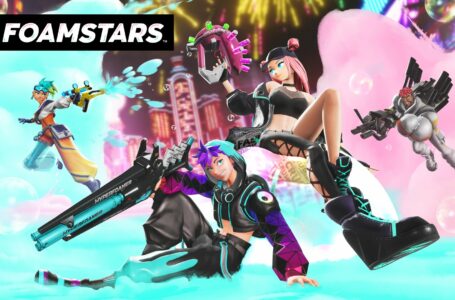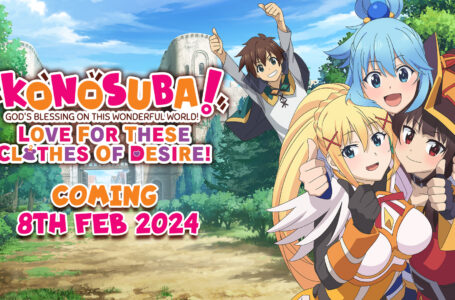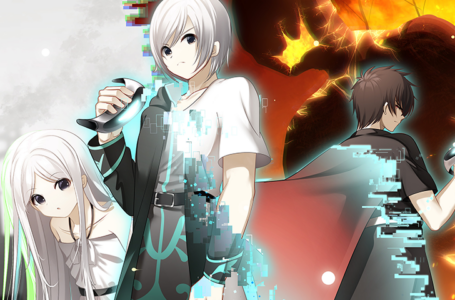Rebuilding trust: Sony still has a long way to go
Yesterday, we all received the welcome news that after a torrent of feedback — not all of which was entirely friendly, I’d wager — Sony has backpedalled on its decision to close the PlayStation 3 and PlayStation Vita stores.
“PSP Commerce” is still for the chop, apparently, though at this time the company hasn’t clarified if this simply means you won’t be able to buy anything on PSP systems directly, or if it also means you will no longer able to purchase digital PSP games via the PS3 or Vita stores, since those were both options. We’ll have to wait and see on that one.
This is great news, obviously, but Sony still has a lot of work to do before it rebuilds a sense of trust with a significant proportion of gamers. And there are a number of key areas that need to be addressed in that regard. So let’s take a look at all of those now!
It’s a stay of execution, not a pardon
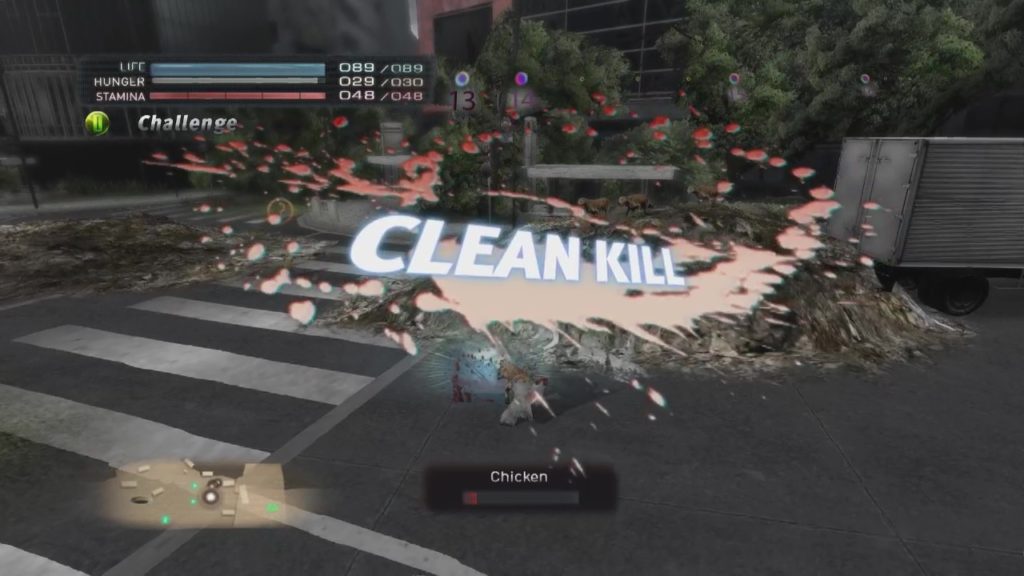
Sony realised it messed up with its messaging over the closure of the PS3 and Vita stores, but make no mistake; they’re still going to go away at some point. This is an unfortunate reality of the digital age, and until we find a suitable solution for the issue — with the ideal answer being full backwards compatibility on later PlayStation models — it will always be looming over these older parts of the PlayStation store.
Trouble is, Sony CEO Jim Ryan has made it abundantly clear that he doesn’t consider backwards compatibility to be a priority — doubtless you’ve seen his quotes on the subject from the widely cited Time Magazine interview numerous times over the course of the past couple of months. And despite the announcement of the stores’ stay of execution supposedly being from Ryan himself, knowledge of his previously quoted stance doesn’t inspire a great deal of confidence in this regard.
Prior to the PlayStation 5’s launch, there was a huge amount of conjecture over what form the system would take, with one of the more outlandish yet enormously desirable suggestions being that the PS5 would act as a “Mother PlayStation” of sorts. This would be a universal Sony system that would play pretty much anything from the PlayStation’s back catalogue — and that would be a magical thing to see happen.
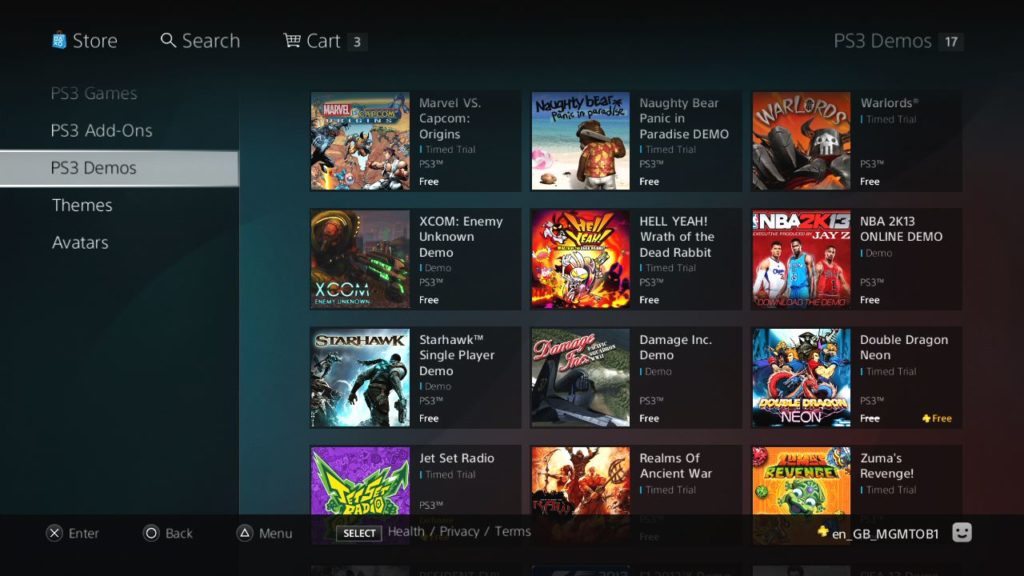
For a while in the PS3 generation, it actually looked like that might have been Sony’s long-term goal — the system played host to a wide variety of digitally downloadable PSone and PS2 Classics that were much more affordable than buying boxed copies; the only thing missing was the ability to play PSP and Vita games via the TV-connected console. We even got a few PS2 Classics on PS4, complete with brand-new trophy support and properly upscaled visuals — but after the initial flurry of these, they died out too.
What would be lovely to see would be an update for the PS5 that adds some sort of backwards compatibility — likely through emulation — whereby it’s able to play any of the currently existing digital games, including PSone and PS2 Classics, native PS3 titles, PlayStation minis, PSP games and Vita games. Bonus points if you can put an old PlayStation or PS2 disc in the drive and it works — though oddly, at present both the PS4 and PS5 have optical drives that refuse to read CDs despite most standalone Blu-Ray players happily supporting the format.
If this happened, those storefronts could stay open indefinitely, and Sony would actually appear to care about “keeping this piece of our history alive”, as Ryan says in his post on the PlayStation Blog. Imagine one console with 30+ years worth of games available to pull from, all legitimately available without having to resort to hacks or piracy. Sounds good to me.
The ticking time bomb
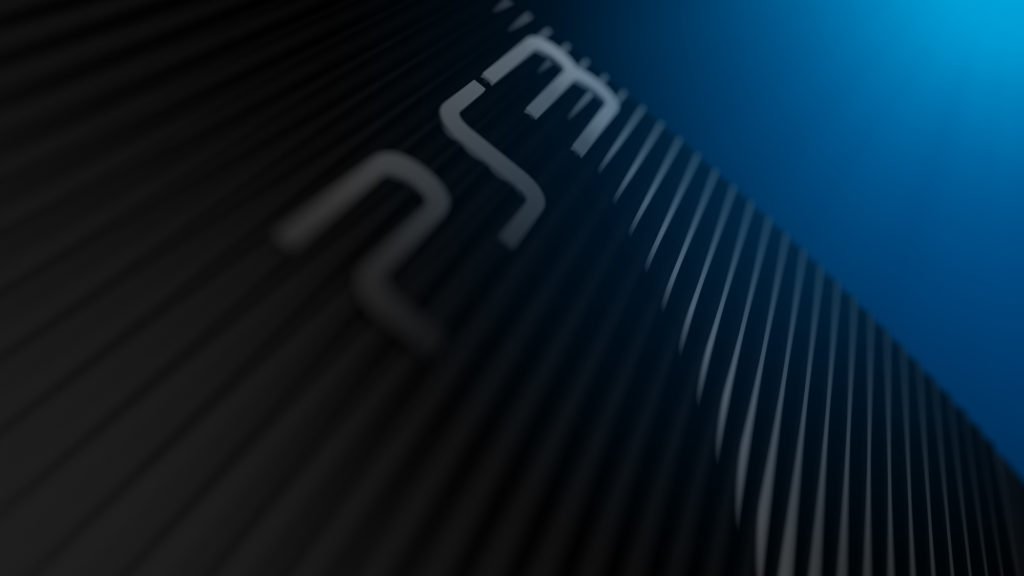
An important issue that Sony hasn’t addressed yet is the matter of the CMOS battery found in the PlayStation 3, PlayStation 4 and PlayStation 5 consoles.
A CMOS battery is a component in most computer hardware that allows a system to retain information even when the system is turned off — it’s most commonly used to store things like the date and time as well as BIOS settings.
As with most batteries, CMOS batteries fail over time, which means they’re no longer able to retain their information — and in the case of PlayStation systems with failed CMOS batteries, it seems that the only way to play your digitally downloaded games is to connect to the Internet to check your licenses for them. What happens if the system can’t connect to the Internet in this scenario? You guessed it — you can’t play your games. This “ticking time bomb” has come to be referred to as “CBOMB”.
Volunteer preservation group Does It Play? has been researching this issue and posting its findings on Twitter. In theory, fixing this issue should require nothing more than a firmware update to remove the license-checking requirement for digital games — but presumably Sony is wary of doing this lest it leads to more widespread piracy. As such, there’s been no official word on this yet — but if you want to make your voice heard, Does It Play? has provided a suitably polite and comprehensive email template you may wish to use as the basis of your own communication with Sony on the subject.
I have a 35 year old Atari 2600 upstairs that still works perfectly. It’d be a real bummer if my PS3 and PS4 became a paperweight after that long — here’s hoping this issue gets a timely fix before it becomes a real problem.
The Japan issue
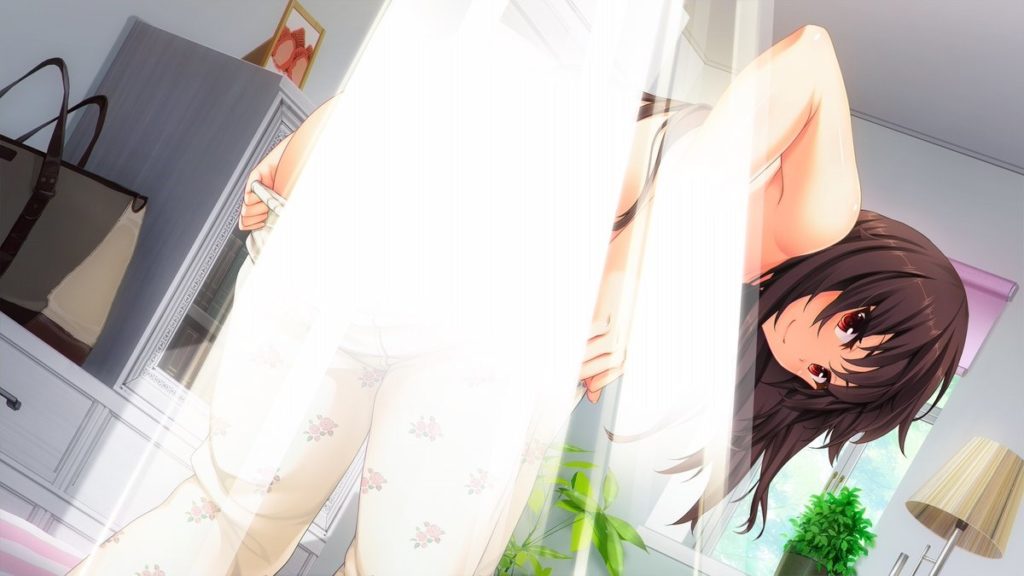
For many readers here at Rice Digital, one of the biggest issues with Sony concerns its apparent attitude towards Japanese developers and publishers. And one of the main problems with this issue is that there’s so little concrete information out there on what Sony’s actual policies really are.
From the launch of the original PlayStation onwards, Sony platforms were always a haven for Japanese games. Some of the most beloved RPGs of all time originated on the original PlayStation; many long-running series that are widely beloved today (Gust’s Atelier being a prime example) came west for the first time in the PS2 generation, the PSP has an astonishingly good library of RPGs, and the PS3 and Vita displayed a pleasingly open-minded approach towards more niche-interest, focused titles such as otome games, ecchi games and visual novels.
At the start of the PS4 generation, it looked like this would continue. Developers like Compile Heart and Nippon Ichi Software flocked to the platform, feeling secure in the knowledge that their fans were already happily engaged with Sony’s online infrastructure and product ecosystem. And we got some great games out of it — personally speaking, Compile Heart’s vastly underappreciated Omega Quintet was actually the reason I bought a PS4 in the first place, and I still love that game to this day.
But something happened. Japanese developers started reporting that their games were being rejected or forced to have heavy edits to their content — and these games were no more provocative in terms of what they offered than anything that had previously been available on the PS3 and Vita. Around the same time, Sony shifted its main base of PlayStation operations to the United States, and the vast majority of its first-party titles became the sort of big-budget interactive movies they are today.
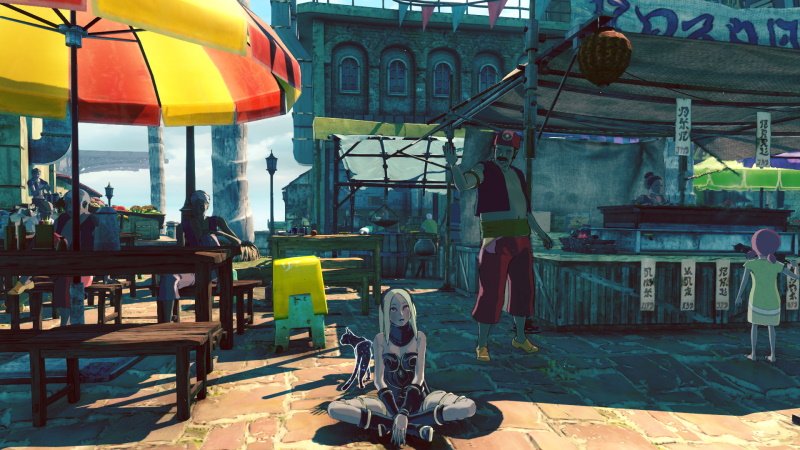
In more recent months, we’ve seen Sony all but shut down its wonderful Japan Studio, who previously gave us incredible games like Tokyo Jungle, Gravity Rush and Ape Escape; Sony claimed that the team was not profitable enough, and thus did not renew the contracts of many of its employees outside of those who were working on Astro’s Playroom for PlayStation 5.
Many former Japan Studio employees seemingly saw the writing on the wall well before this; notably, Gravity Rush creator Keiichiro Toyama left to set up his own studio with full creative freedom, and more recently Gravity Rush’s character designer Shunsuke Saito has also departed the company.
Sony’s actual policies towards Japanese developers, publishers and the content they produce are still something of a mystery — but it’s abundantly clear that a lot of people have lost trust in the PlayStation brand as a result of what has been going on for the last few years at this point. Many prolific Vita developers have jumped ship to the Nintendo Switch, where they have found a platform that is surprisingly open to ecchi content, and fans of those developers’ work have followed them into Nintendo’s ecosystem.
The problem with all this is that Sony might not even care that it’s shed part of its audience by restructuring the way it does things. Games like The Last Of Us Part II and God Of War doubtless do well enough that the company doesn’t feel the need to pursue the Japanese market (and fans of the Japanese market’s output) any more. And from a business perspective, that would be entirely understandable — it just kind of sucks when you consider that the PlayStation brand was built as much on high-profile Japanese franchises as it was on the efforts of western developers.
Of all the issues Sony is facing, this is the one that there doesn’t appear to be a clear-cut solution to. You can boycott Sony products all you like in protest, but so long as their latest open-world triple-A game continues to sell like gangbusters, they won’t give a shit. For now, if you’re a fan of Japanese games, it’s perhaps best to cut your losses with Sony and switch (no pun intended) to an alternative favoured platform — between Nintendo Switch and Windows PC, you can enjoy pretty much all of the amazing games coming out of Asia these days, including the ones with boobs, fannies and knobs in them.
Sony has a lot of work to do, then. Some of these problems are theoretically easy to solve, but there are plenty of questions over whether or not Sony wants to solve them. And, as noted, while the company has lost the trust of a fair portion of the gaming audience, there are plenty of other people out there happy to rush out and buy every brand-new first-party triple-A Sony game as soon as it appears — which gives them little incentive or reason to change.
These things tend to go in cycles, though. Over the course of the last few console generations, we’ve seen “the big three” of Microsoft, Sony and Nintendo continually leapfrogging one another in terms of popularity and the quality of their offerings — and doubtless that pattern will continue in future generations. Here’s hoping that Sony’s questionable decisions in recent years don’t turn out to have an irreversible effect on their fortunes.
Join The Discussion
Rice Digital Discord
Rice Digital Twitter
Rice Digital Facebook
Or write us a letter for the Rice Digital Friday Letters Page by clicking here!
Disclosure: Some links in this article may be affiliate links, which means we may earn a small commission if you make a purchase after clicking on them. This is at no additional cost to you and helps support Rice Digital!
- Letter from the Editor: passing the torch - June 30, 2023
- Super Woden GP 2 is looking promising - June 30, 2023
- Inti Creates is making a 32 bit-style Love Live action platformer - June 26, 2023




